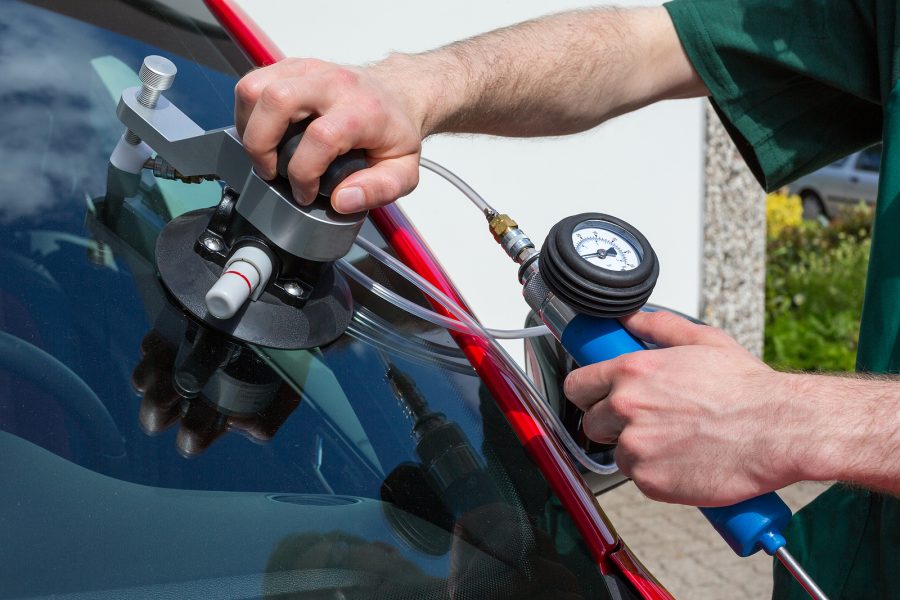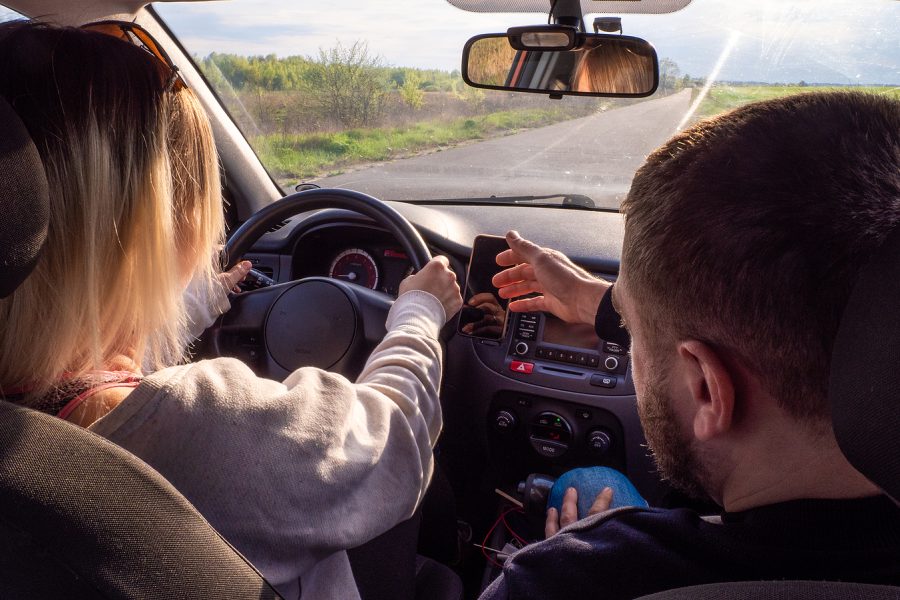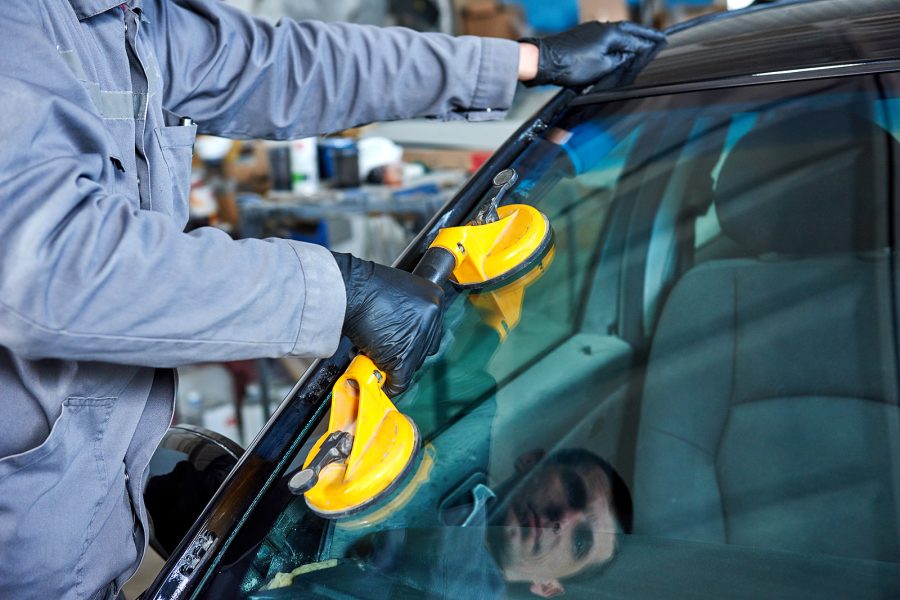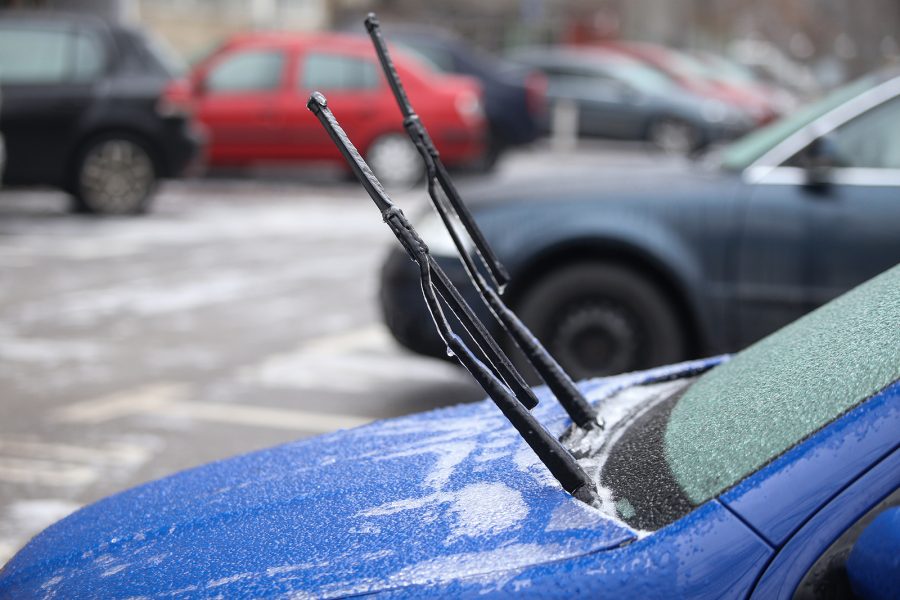In many different disciplines of motorsport, including touring cars, Le Mans endurance cars and sports cars, windscreens are a fundamental design element that helps to deflect the energy of an impact and protect a driver from harm in the event of an accident.
A windscreen replacement is often fitted at each race event to maximise safety during these events. However, in the mid-2010s, there was a huge and sustained debate about whether open-wheeled cars should also have a windscreen or a different type of protective device.
After over a decade of relative safety in open-wheeled racing following the death of Formula One’s most famous racing driver in 1994 in a weekend filled with tragedy, the 2010s started to see a concerning increase in danger.
The first warning sign was Felipe Massa’s near-fatal accident in 2009, three weeks after a junior series driver, Henry Surtees was killed in a similar way.
These concerns would be intensified following the death of Dan Wheldon at an IndyCar event in Las Vegas in 2011 and the severe and later fatal injury to Jules Bianchi in 2014 at a Formula One race in Suzuka, Japan.
All of these accidents involved major head injuries, so plans were put in place to create a head protection system suitable for Formula One and other open-wheel racing series.
By 2016, two major devices had been proposed, and both would eventually be used in open-wheel racing starting in 2018 and 2020 respectively.
The first is the Halo device, which is a reinforced protective ring that protects the driver’s head from large pieces of debris and impacts from barriers and other cars. It was originally reviled by drivers due to its aesthetic shortcomings, but that would change quickly after it saved several lives from seemingly fatal accidents.
The second was a reinforced windscreen dubbed the “aeroscreen”, which works in a similar way to the halo but with the addition of a thick laminate windscreen designed to guide objects away from the driver’s head. After some issues, an updated version of this design would be launched in 2020 to a largely positive reception.









